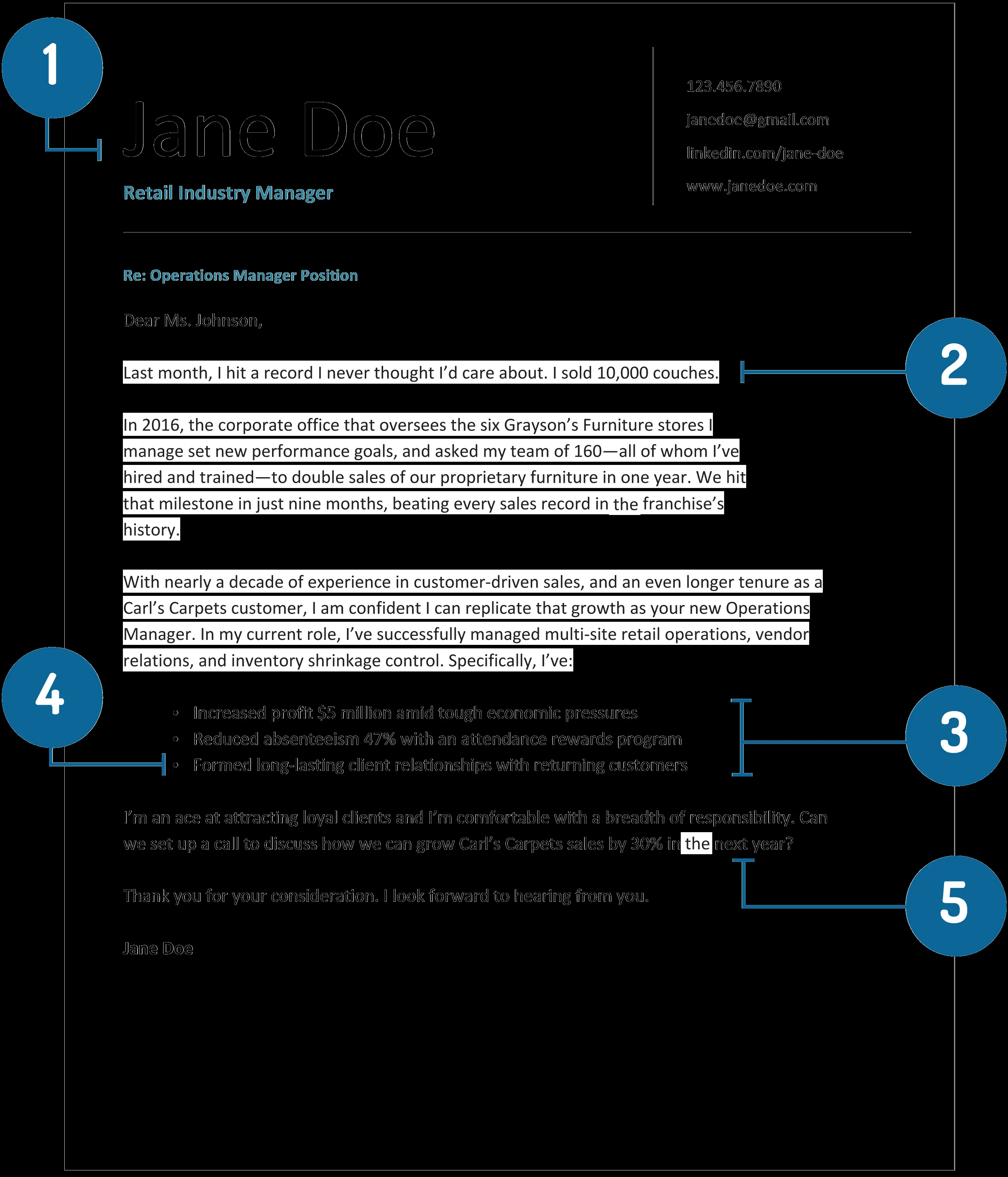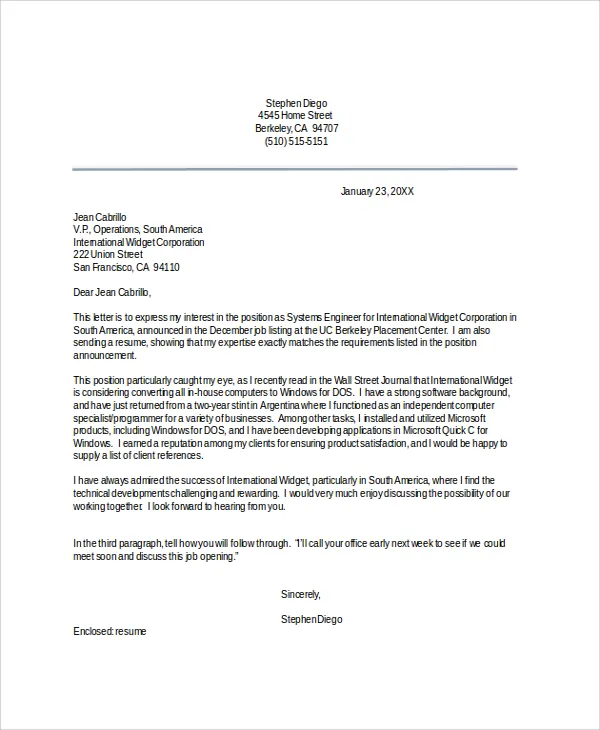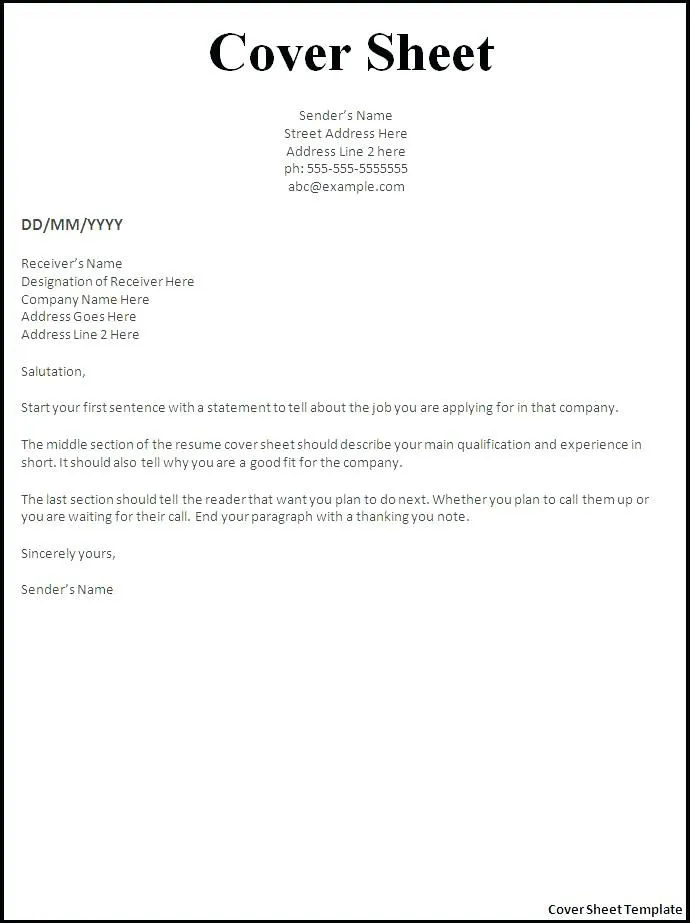Why a Cover Letter is Essential
In the competitive job market, a well-crafted cover letter is your secret weapon. It’s more than just a formality it’s your chance to make a strong first impression and convince a potential employer that you’re the right fit for the role. A cover letter allows you to personalize your application and tell your story in a way that a resume simply can’t. It highlights your personality, demonstrates your communication skills, and shows your genuine interest in the opportunity. Without a cover letter, your application might get lost in the shuffle, overlooked by recruiters who are looking for candidates who go the extra mile. Therefore, investing time and effort into writing a compelling cover letter can significantly increase your chances of landing an interview and ultimately, your dream job. A cover letter is a crucial tool in your job search arsenal.
Crafting a Compelling Cover Letter
Crafting a compelling cover letter involves more than just summarizing your resume. It’s about demonstrating your value to the employer and showcasing how your skills and experiences align with their needs. Start by researching the company and the specific role you’re applying for. This will help you tailor your letter to their requirements and show that you’ve taken the time to understand their organization. Next, grab the reader’s attention with a strong opening statement that highlights your key qualifications and expresses your enthusiasm for the opportunity. Throughout the letter, use clear and concise language, and provide specific examples to support your claims. Finally, end with a call to action, inviting the employer to contact you for an interview. By following these steps, you can create a cover letter that stands out and makes a lasting impression.
The Perfect Cover Letter Step 1 Research the Company

Before you begin writing your cover letter, dedicate time to researching the company and the specific role. Visit the company’s website, read industry news, and explore their social media profiles to gain a comprehensive understanding of their mission, values, and recent accomplishments. Identify the key requirements and qualifications outlined in the job description. Tailor your cover letter to address these specific needs, highlighting how your skills and experiences align with their expectations. This research demonstrates your genuine interest and initiative, setting you apart from generic applicants. Showcasing your knowledge of the company demonstrates that you’re not just sending out mass applications; you’re genuinely interested in their organization. Knowing the company’s culture helps you frame your accomplishments in a way that resonates with them.
The Perfect Cover Letter Step 2 Grab Attention
The opening paragraph of your cover letter is your chance to make a strong first impression and capture the reader’s attention. Avoid generic greetings like “To Whom It May Concern” and opt for a personalized approach. If possible, address the hiring manager by name. Start with a compelling statement that highlights your key qualifications, enthusiasm for the role, or a shared connection. Mention something that immediately grabs their interest, such as a recent accomplishment or a skill that aligns directly with the job requirements. The goal is to pique their curiosity and entice them to read further. Remember, recruiters often scan cover letters quickly, so a strong opening is critical for getting your foot in the door. Your opening should instantly show why you’re a great fit and what makes you stand out.
The Perfect Cover Letter Step 3 Highlight Skills & Experience
In the body of your cover letter, focus on demonstrating how your skills and experiences align with the job requirements. Don’t simply rehash your resume. Instead, choose a few key accomplishments or experiences that directly relate to the position and provide specific examples of how you’ve demonstrated those skills. Use the STAR method (Situation, Task, Action, Result) to structure your examples, providing context, outlining your role, detailing your actions, and quantifying your achievements whenever possible. This approach allows you to showcase your value and illustrate how you’ve contributed to past successes. By providing concrete evidence of your abilities, you make a stronger case for why you’re the ideal candidate. Quantifiable results are always the most persuasive they show the impact of your contributions.
Demonstrate Your Value

Throughout your cover letter, emphasize your value proposition by highlighting your unique contributions and the benefits you can bring to the company. Frame your skills and experiences in terms of how they can help the employer achieve their goals. Consider the company’s needs and challenges, and explain how your abilities can address them. Instead of simply listing your responsibilities, focus on the outcomes you’ve achieved and the positive impact you’ve made in previous roles. For example, instead of saying “Managed social media accounts,” you could say “Increased social media engagement by 30% in six months, resulting in a 15% growth in leads.” This approach demonstrates that you’re not just qualified, but also a valuable asset who can contribute to the company’s success. Think of your cover letter as a sales pitch for yourself.
The Perfect Cover Letter Step 4 Show Enthusiasm and Fit
Expressing genuine enthusiasm for the role and the company is crucial for making a positive impression. Show that you’ve researched the organization and understand their mission, values, and recent achievements. Explain why you’re excited about the opportunity and how it aligns with your career goals. Highlight specific aspects of the company or the role that appeal to you and demonstrate your understanding of the industry. Avoid generic statements and instead personalize your message, showing that you’re genuinely interested in joining their team. When you show enthusiasm, the hiring manager is more likely to imagine you as a part of their team. Your passion can make you stand out from other candidates who may be equally qualified but less engaging. Let your personality shine through while maintaining a professional tone.
The Perfect Cover Letter Step 5 Call to Action & Closing
The closing paragraph of your cover letter should include a clear call to action and a professional closing. Reiterate your interest in the position and express your eagerness to discuss your qualifications further. Thank the hiring manager for their time and consideration. Provide information on how they can reach you, such as your email address and phone number. If appropriate, mention that you’re available for an interview at their earliest convenience. Avoid overly formal closings like “Sincerely.” Consider alternatives like “Best regards,” “Sincerely,” or “Thank you.” Proofread your cover letter carefully before submitting it to ensure there are no typos or grammatical errors. A well-crafted closing leaves a lasting positive impression. Make it easy for the hiring manager to take the next step by providing clear contact information and expressing your availability. A strong closing reinforces your enthusiasm and reinforces your candidacy.
Formatting and Style for Impact

The format and style of your cover letter can significantly impact its readability and overall effectiveness. Use a professional and easy-to-read font like Arial, Calibri, or Times New Roman with a font size between 10 and 12 points. Maintain consistent formatting throughout the document, including margins, spacing, and bullet points. Keep the letter concise and focused, aiming for no more than one page. Use clear and concise language, avoiding jargon and overly complex sentences. Proofread your cover letter carefully for any grammatical errors, typos, or formatting inconsistencies. Consider using bullet points or numbered lists to highlight key information and make your letter easier to scan. A clean and professional format reflects your attention to detail and commitment to quality.
Common Cover Letter Mistakes to Avoid
There are several common mistakes to avoid when writing a cover letter. Don’t use generic templates that aren’t tailored to the specific role or company. Avoid simply repeating your resume. Don’t use overly formal or informal language. Steer clear of typos and grammatical errors. Refrain from including irrelevant information or personal details. Don’t be negative or critical of past employers. Avoid making unrealistic claims or exaggerating your accomplishments. Do not fail to proofread your cover letter thoroughly before submitting it. Taking these steps ensures you present yourself professionally and make a positive impression on the hiring manager. A well-crafted cover letter, free of these common errors, can significantly enhance your chances of success.
